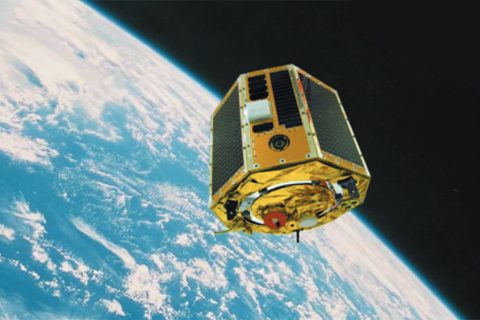Micro LabSat, weighing just 50 kg and with dimensions of about 70 cm x 50 cm, is a small satellite launched by the H-IIA F4 rocket from the Tanegashima Space Center (TNSC) on December 14, 2002. It is a unique in that it is "handmade" - fabricated mainly by young JAXA engineers. The project’s aim was to foster innovation among young engineers and enable them to learn technologies to design, assemble, and test satellites. Their team performed almost all of the development and operation of the satellite, and all of the installed software was developed by JAXA. Furthermore, with a view to being able to use commercial, off-the-shelf components in the future, JAXA has had devices of its own design manufactured by specialized private-sector companies. This project also serves as a test case for the production of small satellites more efficiently and at reduced cost. With this program, Japan has taken another step forward in the field of space technology.
After three and half years of operation, which was longer than its scheduled mission period, radio frequency links were terminated on September 27, 2006, to complete its mission operation. We will do our best to contribute to society by sharing our learning experience from the small satellite with the private sector.

 (0.6MB)
(0.6MB)